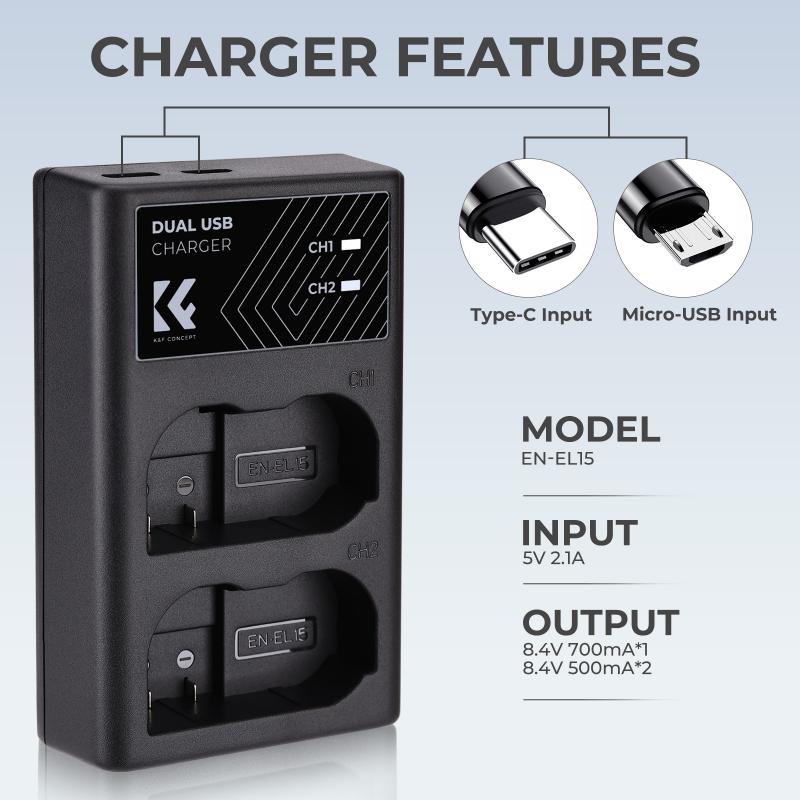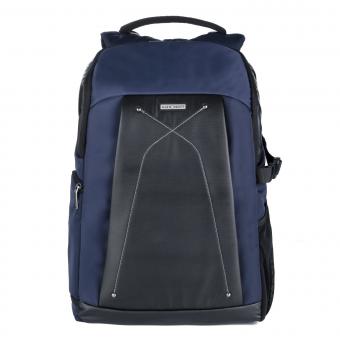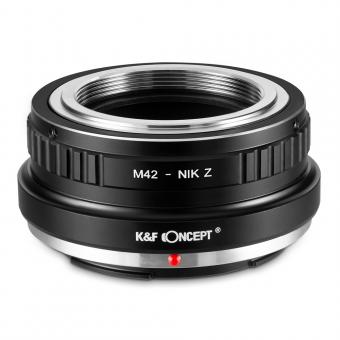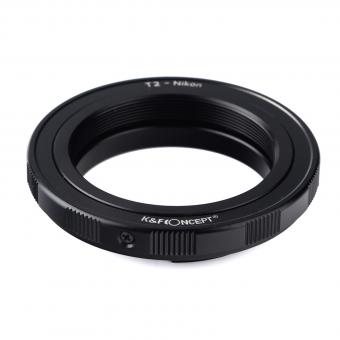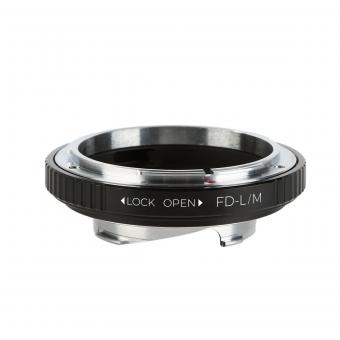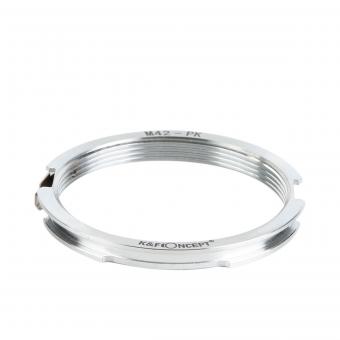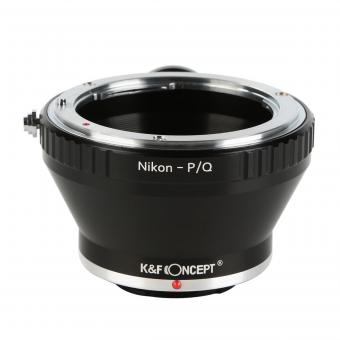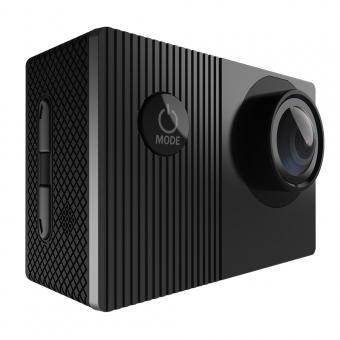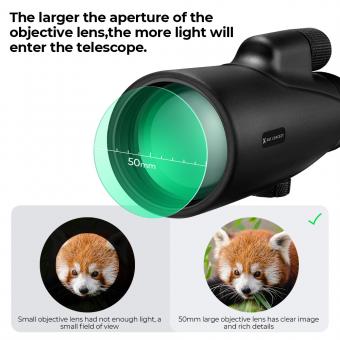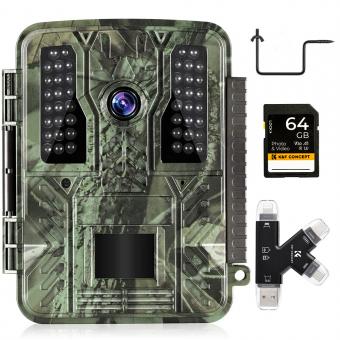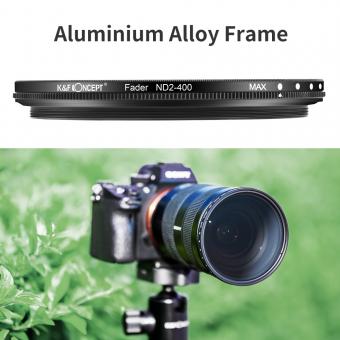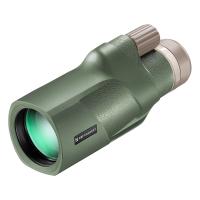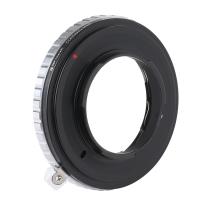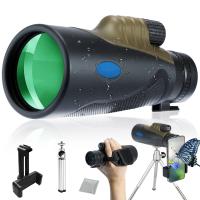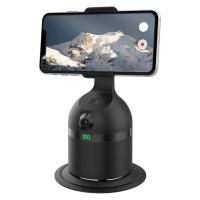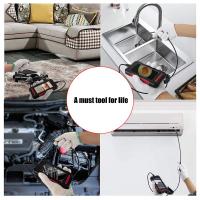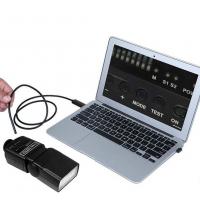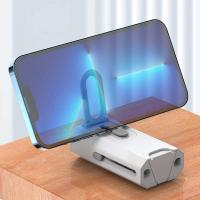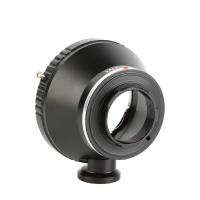How To Run Camera Wires Through House ?
To run camera wires through a house, you can follow these steps:
1. Plan the route: Determine the best path for the camera wires, considering factors like accessibility, aesthetics, and the location of power outlets or existing cable conduits.
2. Gather the necessary tools and materials: You will need a drill with a long drill bit, fish tape or wire puller, cable clips or staples, a screwdriver, and the camera wires.
3. Prepare the walls: Use a stud finder to locate any studs or obstacles in the walls. Mark the desired locations for the camera wires and drill holes accordingly. Ensure the holes are large enough to accommodate the wires.
4. Run the wires: Attach the camera wires to the fish tape or wire puller and feed them through the drilled holes. Use cable clips or staples to secure the wires along the planned route, keeping them neat and organized.
5. Connect the cameras: Once the wires are in place, connect them to the cameras according to the manufacturer's instructions. Test the cameras to ensure they are functioning properly.
6. Conceal the wires: If desired, you can conceal the camera wires by using cable management solutions such as conduit, raceways, or wall plates.
Remember to exercise caution when working with electrical components and consider consulting a professional if you are unsure about any aspect of the process.
1、 Wall-mounted conduit installation for camera wire routing
Wall-mounted conduit installation is a popular method for routing camera wires through a house. This method provides a clean and organized solution, ensuring that the wires are hidden and protected. Here's a step-by-step guide on how to run camera wires through your house using wall-mounted conduit installation:
1. Plan the route: Determine the best path for the camera wires, considering factors such as accessibility, aesthetics, and functionality. Take measurements and make a detailed plan before starting the installation.
2. Gather the necessary materials: You will need conduit pipes, connectors, mounting brackets, screws, a drill, and a wire fish tape.
3. Mark the locations: Use a pencil to mark the spots where the conduit pipes will be mounted on the walls. Ensure that the marks are level and aligned.
4. Install the conduit pipes: Use a drill to create holes at the marked spots. Attach the mounting brackets to the wall using screws, and then secure the conduit pipes to the brackets. Connect the pipes using connectors as needed.
5. Fish the wires: Attach the camera wires to a wire fish tape and carefully feed them through the conduit pipes. Use a flashlight to ensure that the wires are properly aligned and not tangled.
6. Connect the wires: Once the wires are successfully routed through the conduit, connect them to the cameras and the power source according to the manufacturer's instructions.
7. Test the system: Turn on the cameras and check if they are functioning properly. Make any necessary adjustments or repairs if needed.
Remember to follow local building codes and regulations when installing conduit pipes. It's also recommended to consult with a professional if you are unsure about any step of the process.
In conclusion, wall-mounted conduit installation provides an effective and aesthetically pleasing solution for running camera wires through a house. By following these steps, you can ensure a clean and organized installation that will protect and hide your camera wires.
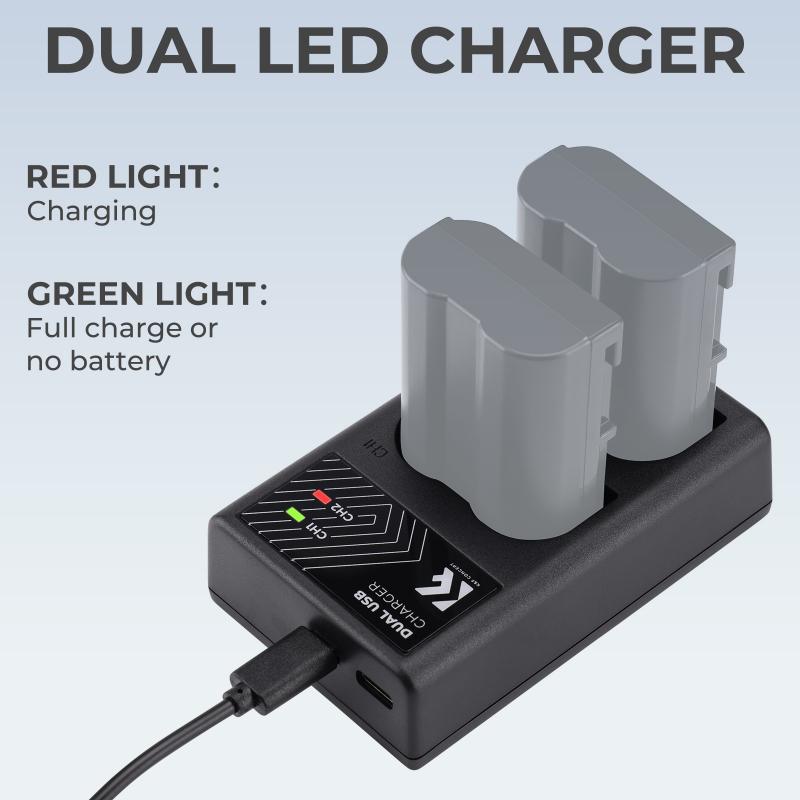
2、 Utilizing existing cable conduits for camera wire placement
Utilizing existing cable conduits for camera wire placement is a practical and efficient way to run camera wires through a house. This method allows you to take advantage of the existing infrastructure in your home, minimizing the need for additional drilling or cutting into walls. Here's a step-by-step guide on how to run camera wires through existing cable conduits:
1. Identify the cable conduits: Start by locating the existing cable conduits in your house. These are typically found in areas such as utility rooms, basements, or attics. Use a stud finder or visually inspect the walls to locate these conduits.
2. Plan the route: Determine the best route for running the camera wires through the conduits. Consider the location of the cameras, accessibility of the conduits, and any potential obstacles along the way.
3. Prepare the wires: Measure and cut the camera wires to the appropriate length. Leave some extra length for flexibility and ease of installation.
4. Access the conduits: Open the access points to the cable conduits. This may involve removing wall plates, ceiling tiles, or accessing the conduits through utility boxes.
5. Thread the wires: Carefully thread the camera wires through the conduits, ensuring they are securely in place. Use fish tape or a wire pulling tool to guide the wires through any tight spots.
6. Connect the cameras: Once the wires are in place, connect them to the cameras according to the manufacturer's instructions. Ensure proper insulation and waterproofing if the wires are passing through outdoor conduits.
7. Test the system: After all the connections are made, test the camera system to ensure everything is functioning properly. Adjust the camera angles and settings as needed.
Utilizing existing cable conduits for camera wire placement is a cost-effective and convenient solution. However, it's important to note that the capacity of the existing conduits should be considered to avoid overloading them with additional wires. If the conduits are already crowded with cables, it may be necessary to explore alternative methods such as wireless cameras or installing new conduits.

3、 Concealing camera wires within baseboards or crown molding
Concealing camera wires within baseboards or crown molding is a popular and effective method for running camera wires through a house. This approach not only ensures a clean and professional look but also minimizes the risk of damage to the wires. Here's a step-by-step guide on how to accomplish this:
1. Plan the route: Determine the best path for the camera wires to follow, considering the location of the cameras and the availability of baseboards or crown molding. It's important to choose a route that avoids obstacles and minimizes the length of wire needed.
2. Prepare the baseboards or crown molding: Remove the baseboards or crown molding from the wall where the wires will be concealed. Carefully detach them using a pry bar or a putty knife to avoid any damage.
3. Create a channel: Use a router or a chisel to create a narrow channel along the backside of the baseboard or crown molding. Ensure the channel is wide enough to accommodate the camera wires.
4. Run the wires: Carefully thread the camera wires through the channel, ensuring they are securely in place. Use cable clips or adhesive tape to hold the wires in position and prevent them from shifting.
5. Reinstall the baseboards or crown molding: Once the wires are in place, reattach the baseboards or crown molding to the wall. Ensure they are properly aligned and securely fastened.
6. Conceal any visible wires: If there are any visible sections of wire between the baseboards or crown molding, consider using paintable cord covers or cable raceways to further conceal them.
By following these steps, you can effectively run camera wires through your house while maintaining a clean and seamless appearance. Remember to always prioritize safety and consult a professional if you are unsure about any aspect of the installation process.

4、 Installing camera wire through attic or crawl space access
Installing camera wires through the attic or crawl space access is a common method used to run camera wires through a house. This method allows for a clean and hidden installation, minimizing the visibility of the wires.
To begin, gather the necessary tools such as a drill, fish tape, wire cutters, and a ladder. Start by locating the access point in the attic or crawl space nearest to where you want to install the cameras. This could be a small opening or a vent.
Next, carefully measure the distance from the access point to the desired camera location. This will help determine the length of wire needed. It's always a good idea to add a few extra feet to account for any unexpected obstacles or changes in the installation plan.
Using the drill, create a small hole near the camera location. This hole will serve as the entry point for the camera wire. Attach the end of the fish tape to the camera wire and feed it through the access point, guiding it towards the hole you created.
Once the fish tape reaches the hole, carefully pull it through, bringing the camera wire along with it. Be cautious not to damage the wire during this process. Once the wire is pulled through, you can connect it to the camera and secure any excess wire neatly.
It's important to note that the latest point of view in camera wire installation is to consider using wireless cameras. Wireless technology has advanced significantly, providing reliable and high-quality video transmission without the need for running wires through the house. This eliminates the hassle of drilling holes and hiding wires, making installation easier and more flexible. However, if you prefer a wired system or have specific requirements, running camera wires through the attic or crawl space access remains a viable option.
